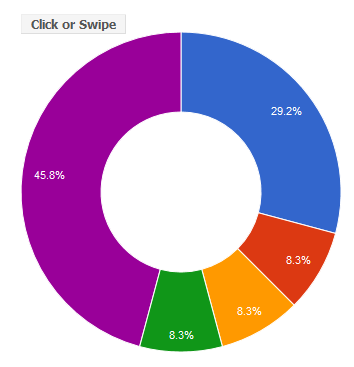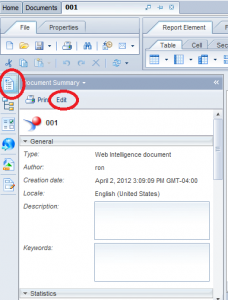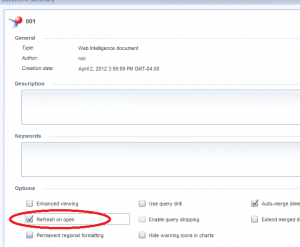I recently posted about a way to create a custom logon mechanism for SAP BI Launchpad with relatively low effort (some configuration to get an sdk app going, and very little code). Today, i also wanted to share how to configure a custom logoff page for the SAP BI Launchpad. This is much simpler, and requires NO custom coding, just a config file edit (and unfortunately, a web server restart.. :().
To setup a custom logoff page, that users will be redirected to when they log off from the BI Launchpad, locate the BIlaunchpad.properties file (on a typical topmact install, it’s located at: Program Files (x86)\SAP BusinessObjects\Tomcat6\webapps\BOE\WEB-INF\config\default). Before working wth the file, back it up of course. Open the file with a notepad (or some other good text editor that will not mess up the file and leave extra invisible characters in it!) and modify the url.exit= attribute by adding your custom logoff url. Unfortunately, you will need to restart your web server (Tomcat in most cases). After the restart, when you logoff from the BI Launchpad, you will be redirected to the custom page. That’s it! Enjoy.
-
Archives
- October 2021
- June 2020
- June 2017
- March 2017
- September 2016
- June 2016
- February 2016
- November 2015
- July 2015
- May 2015
- March 2015
- January 2015
- September 2014
- August 2014
- July 2014
- June 2014
- March 2014
- February 2014
- January 2014
- December 2013
- October 2013
- August 2013
- July 2013
- June 2013
- April 2013
- March 2013
- February 2013
- December 2012
- November 2012
- October 2012
- September 2012
- August 2012
- July 2012
- June 2012
- May 2012
- April 2012
- March 2012
- February 2012
- January 2012
- December 2011
- November 2011
- October 2011
- September 2011
- August 2011
- July 2011
- June 2011
- May 2011
- April 2011
- March 2011
- February 2011
- January 2011
-
Meta






